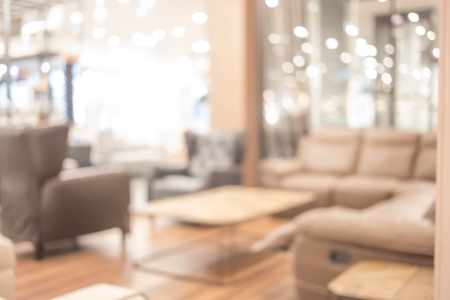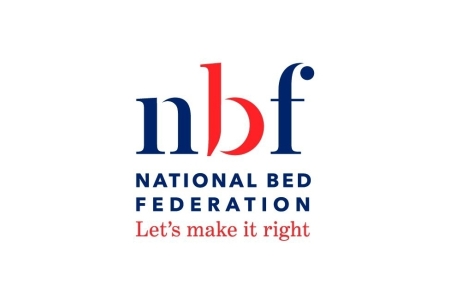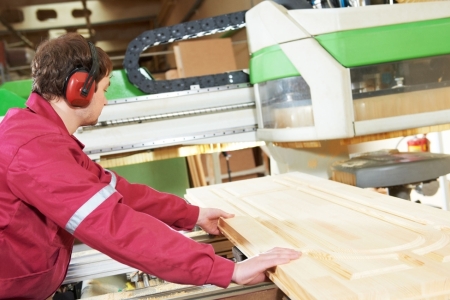Local authorities are struggling with old mattress collections, bedsteads are enjoying a resurgence and foam mattresses overtake pocket springs in the popularity stakes – according to the 16th annual National Bed Federation (NBF) consumer survey of 1000 adults who bought a new mattress or bed in the last 12 months, conducted in June.
The survey found that just 10% had their old mattress collected by their local council, compared with 15% two years ago and 11.5% in 2023.
But the industry is taking up some of the slack – 17% reported having their old mattress taken away by the company delivering their new one, up from 14% (although it was the over-55s who were more likely to opt for this, perhaps happier to pay for the convenience, says the NBF).
A fifth still make the effort to visit their local tip themselves.
“Our annual survey of bed-buying habits sheds useful light on gradually changing behaviours,” says Simon Williams, the NBF's head of marketing. “Some of the statistics are a surprise – such as the current resurgence in popularity of bedsteads, or pocket-spring beds falling behind foam. Others confirm what we already think we know, or don’t alter much from year to year. All in all, we hope our members find the results useful for their own business planning.”
Bedsteads are enjoying a renaissance – 27% of all purchases were mattresses and bedsteads together, up from 24.5% in 2023 and 22% in 2022. They are especially popular with the 16-24-year-old age group, with 43% choosing them – and 25-34-year-olds (37.5%). But older age groups have lost interest, with only 15% of the over 55s opting for this combination (down from 22% in 2023).
Roll-up mattresses continue to lose favour YoY, with only 24% choosing this option, compared with 27% two years ago.
Meanwhile, foam mattresses saw an increase from 38% to 43% of the total, with pocket spring options slipping to second place (42%). The age split of younger buyers opting for foam and the over 55s for pockets still holds. Memory foam crept up from 45% to 48% as the comfort layer of choice, while natural fillings account for less than 10%.
Mattress-only purchases top the bill at 55% (up from 53% last year) while divan sets slumped to just 17% of the total, compared to 21% last year.
Prices have not shifted much since last year, despite inflationary pressures. The mean price paid across all sizes and types was £595, up from £565, with more than three-quarters (76%) spending up to £799, and 43% (down from 46%) paying less than £400.
The vast majority of consumers (73%) said they would pay more for a ‘greener’ mattress which would not end up in landfill at the end of its life. But the cost of living crisis is having its effect on just how much – which was never very encouraging – with 31% saying they would pay up to +5% more, 40% between +6-10%, and just 17% (down from 19%) between +11-15% more.
Add-on sales all saw an encouraging uptick of two or three percentage points. Almost two-thirds (64%) buy pillows, 63% duvets and sheets, and 49% mattress protectors.
Buying habits reveal that the over-55s are becoming increasingly tech savvy, with 55% of the over-55s choosing to purchase online. However, overall, online purchases have dropped from 58% to 51%, with just 48% of 16-24-year-olds choosing that method, while in-store sales have climbed from last year’s 35% to 44%.
Online marketplace platforms such as Amazon, Facebook, eBay and Groupon seem to have fallen out of favour, with just 9% choosing these to shop at, down from 13% last year, says the NBF. National furniture/homeware stores (IKEA, John Lewis, M&S, DFS, Dunelm, etc) and national bed specialists (Dreams, Bensons, etc) each accounted for around a fifth of all bed purchases, with local independents running at 15%. Bed-in-a-box online brands accounted for 7% – and there is still a small number (2%) purchasing from ‘back of van’ traders.
"Gratifyingly, visibility of the NBF logo before, during or after the consumers’ purchasing journey continues to rise – now standing at 51% compared with 32% two years ago and 40% last year," concludes Simon. "It remains highest among the younger age groups – perhaps because the vast majority of NBF branding is online and on social media."












